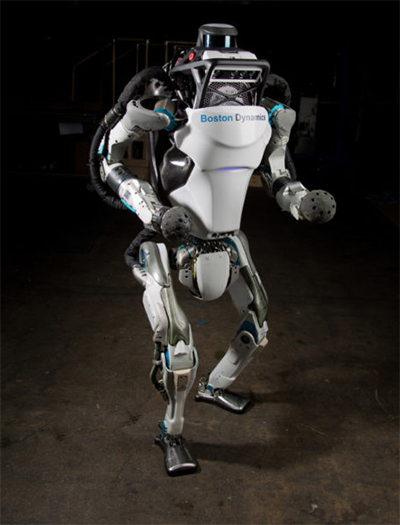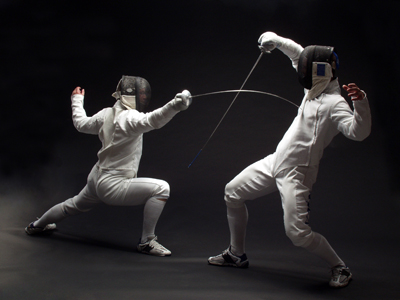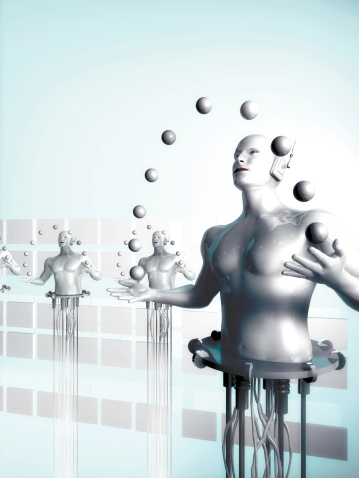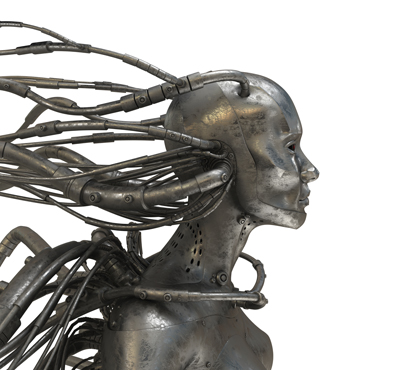
|
In November 2022, NASA launched Artemis 1, an unmanned capsule capable of carrying four crew members, on a mission to circle the Moon and return. In February 2024, Intuitive Machines of Houston, Texas, launched the Odysseus lander to the Moon’s south pole. Although it fell over on its side and ceased functioning, the lander made a successful arrival without damaging impact—like some other government-launched probes. And SpaceX is now doing trial runs of its Starship, a heavy lifter—capable of carrying 150 metric tonnes to orbit and beyond—that could eventually get crews, supplies, and building materials to Mars or the Moon.
So, apparently, without having to invoke John Kennedy’s brave vision of the 1960s, “We choose to go to the Moon,” we are going back to the Moon. Yes, maybe to Mars, eventually. But people seem to be invested, by various routes, with various vessels and funding sources, to return human beings to the Moon. Mars can be inhabited by robots for now, but the Moon will apparently get the first off-world human visitors. Again.
And why not the Moon? Yes, Mars has more gravity, but still a whole lot less than the Earth’s. This means Mars has trouble holding on to an atmosphere composed of molecules lighter than carbon dioxide. So yes, Mars does have an atmosphere, with an ambient pressure about 1% that of Earth’s and composed almost solely of carbon dioxide. And that near-vacuum still carries dust storms that persist for weeks or months at a time. In contrast, the Moon has no atmosphere, and the dust settles the instant it gets stirred up. Sometimes, the absence of a thing can be a greater blessing than its minimal presence. More importantly, Mars is a long way away, with an outward bound and return trip measured in months rather than days. The logistics of going to Mars and being supplied there are really tough.1
So, we’re going back to the Moon, this time not just to step out and say we did it, but maybe to establish a presence. Maybe to scout a base. And possibly, eventually, to establish a colony. And I say, “Good!” Maybe even, “Hallelujah!”
Why? Because we humans are a curious and exploring species. We walked out of Africa and expanded around the world. It was not just the Europeans who reached the water’s edge and sailed beyond—the heritage of the Vikings, the Portuguese, and the Spanish—but everyone who was dissatisfied with their little plot of land and wanted to look beyond the horizon. Well, now the horizon is beyond the atmosphere. And yes, the artifacts of dead civilizations who never left their planets will be picked over by the living ones who dared to make the trip.
And that brings me to my point. We need the Moon, not just to satisfy our curiosity or to say we did it. We need the Moon as a forward base. Mars, yes, one day, for colonizing, if we ever need the elbow room. But the Moon is our logical off-planet base, outside the deepest part of the Earth’s gravity well, able to focus our telescopes and listen on all sorts of wavelengths because of the lack of atmosphere, and a station on the far side is shielded from all the radio noise on Earth. And the Moon is also the first place that the Others—the friends, the enemies, the intruders, the invaders, the aliens—will set up their own base, their dropping-off point, as they approach the Earth.
And you know they’re coming.
For the past hundred years or so, we’ve been broadcasting coherent radio signals into the stratosphere and leaking them out toward the stars. At the speed of light—which is also the speed of radio waves—that creates a bubble of our babblings two hundred light-years across for anyone who’s been listening.
True, according to the inverse square law,2 those signals that are broadcast rather than beamed directly tend to diminish rapidly. At a distance of one hundred light-years, Marconi’s original radio broadcasts will be remarkably faint—probably on the order of the barest whisper. They might be drowned out by the clang of two nearby hydrogen atoms colliding. And the Sun is a loud star, radiating not only in the infrared—or heat—and visible light but also with lots of radio noise. Compared to that, the broadcast radiations from Earth will be like a mouse farting on the stage at a rock concert.
But people looking for signs of life on planets around likely stars will discount the rock concert. They will be listening for mouse farts. And, if these listeners are already out there, they will probably have better ears than we do.
I’d say it’s a race against time. And we’re already fifty years behind.
1. As I’ve sometimes said, if you want to build a colony on Mars—or the Moon, for that matter—first build a five-star hotel with Olympic-sized swimming pool at the summit of Mount Everest. The logistics are better, and the air is breathable—barely. If that’s too hard, because of the smallish footprint, then build it in Antarctica. Logistics, atmosphere, and temperatures there are a snap.
2. The strength of any radiated signal—radio waves, light waves, sound waves—diminishes at the square of the distance from the source. So, the light from a bulb at two feet from the socket is one-quarter the strength of the light at one foot.













